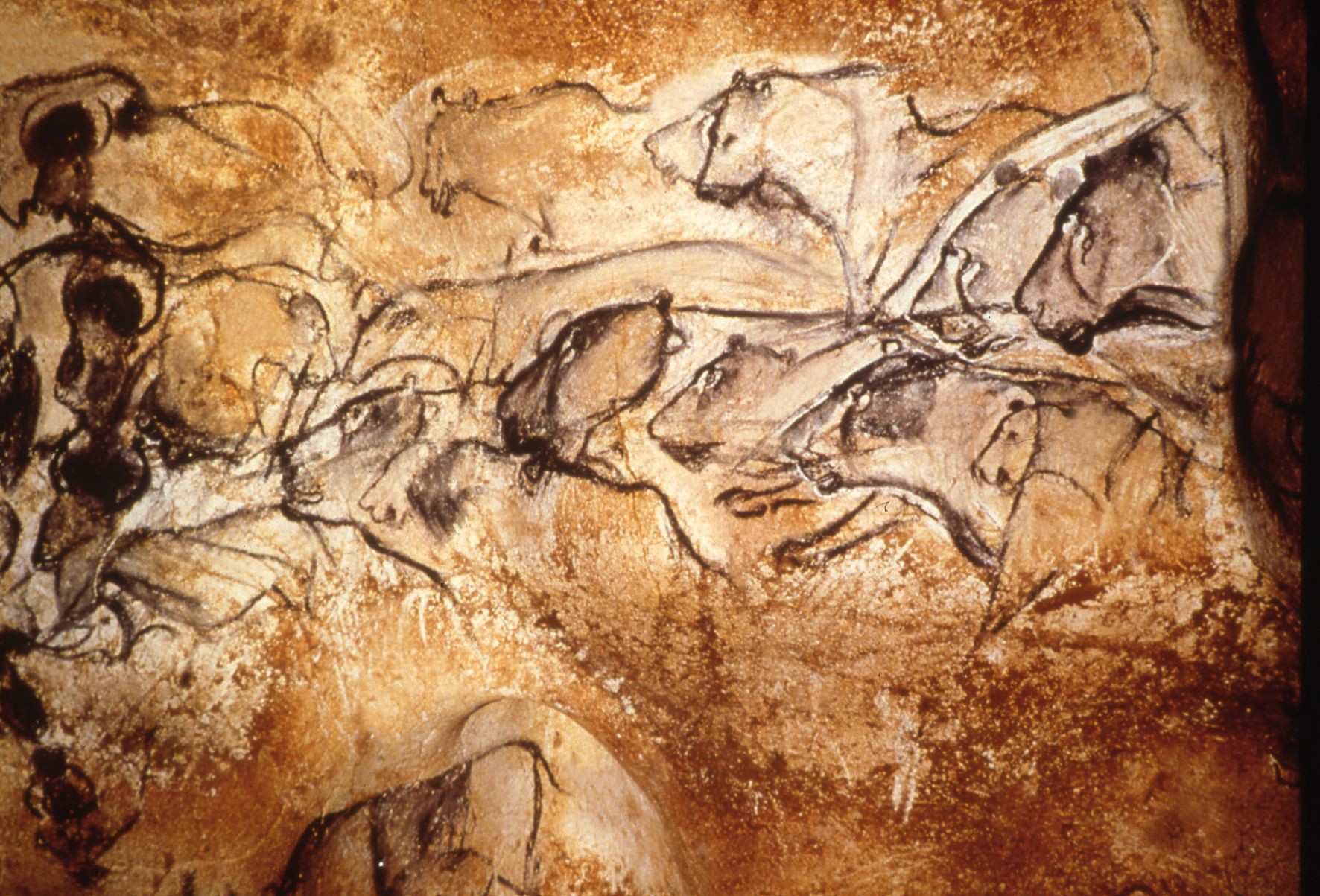The paintings in India can be noted from the early stone age. These early-era paintings represent the diversity of Indian art. Starting from the Stone age to the current era art of paintings makes Indian heritage and culture quite rich. In this section, we will initiate the discussion about the stone age paintings, Gupta age paintings to the early medieval phase of history.
Stone Age Paintings in India
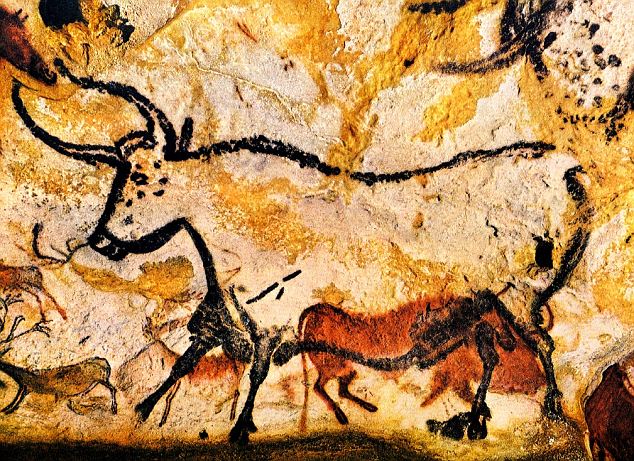
Bhimbetka caves located in the Raisen district of Madhya Pradesh contain the oldest paintings in India. These paintings commenced from 1 lac BC & continued up to 1000 AD. About 500 such paintings having discovered in these caves. Bhimbetaka cave paintings were discovered by Dr. Vikram Wakankar of Vikram University at Ujjain in 1958. These caves are located in the Laakhajubar forest. The locals believed that these caves were used by Pandava during their days of exile. Archaeological evidence brought to light that man lives in these caves from the lower Paleolithic age to 1000 AD.
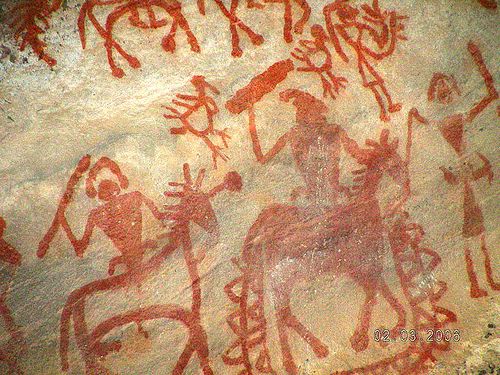
Paintings in Bhimbetaka caves divide into five periods. The oldest painting belongs to the Paleolithic age. These are linear representations of animal & stick-like human figures. These portray scene communal dance birds, pregnant women, a man caring for a dead animal, a drinking scene & a hunting scene, mother & child. Chalcolithic painting constitutes 3rd In these huts, animal & agriculture activities are portrayed. These paintings indicate that the people living in caves were in contact with the nearby Chalcolithic community.
The 4th phase paintings in India belong to the early centuries of the Christian era. These paintings depict horse riders, religious symbols, tunic-like dress & script of a different period. 5th phase paintings belong to the early medieval age. These paintings are inferior in quality geometrical designs, curvy lines; Brahmanical deities like Ganesh & Nataraja are portrayed.
Red & white colors were used most commonly in Bhimbetaka, at times yellow & green were also used. These colors were prepared by using natural minerals, plant extract & wooden charcoal. Animal fat is mixed with color to make them permanent. Bhimbetaka was included in UNESCO’s world heritage site list in 2003. The significance of the Bhimbetaka painting can be comprehended in the form that these are the oldest paintings in India. These paintings marked the beginning of the art of painting in the Indian subcontinent. Painting indicates that early Stone Age man was not bereft of cultural sense. The test of Stone Age man in fine is revealed by these paintings.
Paintings help in understanding the pattern of life during the Stone Age & the evolution of human life during different time periods. The scenes of communal dance in this painting indicate that the early man was aware of dance. Colors used in these paintings help in the understanding of knowledge chemical science during the Stone Age.
Paintings in Harappan Civilization
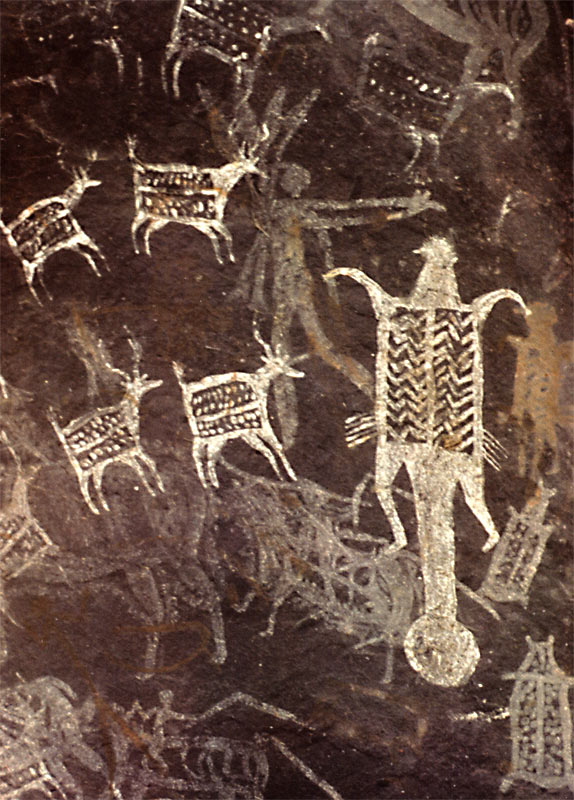
The Harappan made very fine paintings depicting fish, animals, birds, geometrical designs & flowers on the outer red surface of the pot in black color. These paintings informed us that the art of painting was highly developed during the Harappan Age. Colors used in these painting light on knowledge of chemical science.
Paintings during the Vedic Age
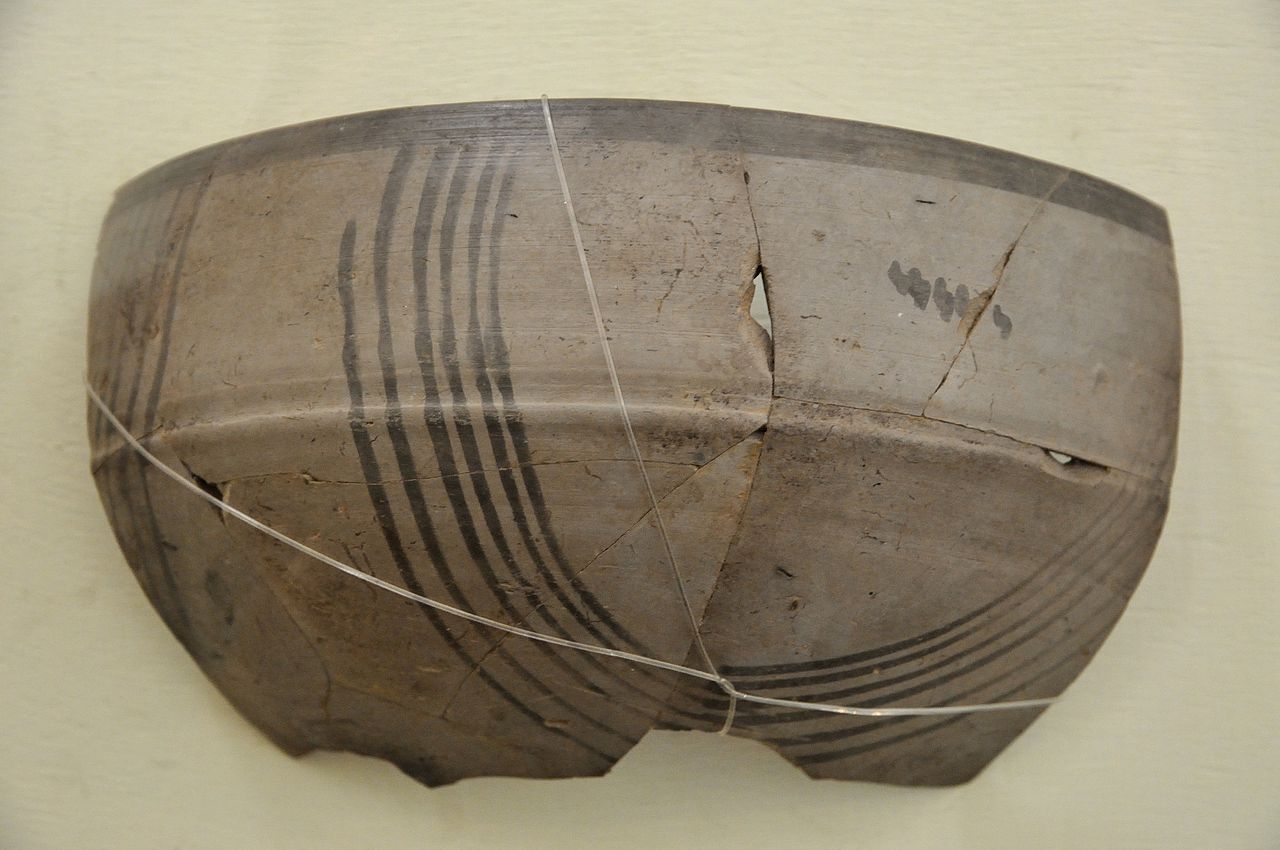
During the later Vedic, Age paintings were made in blue color on the outer surface of Grey colored pots used by Aryan. These depict geometrical & floral designs.
Painting during Post Mauryan Age

Some caves of Ajanta such as cave numbers 9 & 10 contain paintings of this age. The theme of these paintings was Buddhist.
Paintings during the Gupta Period

The 2nd phase painting of Ajanta cave was carried out during the 5th & 6th centuries. According to the inscription found in cave number 17 cut is 5th century AD. (Inscriptions belong to Varahdeva who cut the cave). The wall paintings are made in caves to cause the attainment of well-being by good people as long Sun continues to spell darkness by its rays. Cave number 1, 16 & 17 have paintings of the Gupta Age.
In cave number 1, Jataka stories are portrayed. The paintings of Padampani & Vajrapani Bodhisattvas are of very high quality. Padampani is also known as Avalokitesvara (Lord who looks down). Cave number 16 at Ajanta has the world-famous painting of dying princes. This painting portrays Sundri, the wife of Buddha’s half-brother Nanda in a state of sorrow because Nanda left home to join Buddha.
Cave number 17 has the painting of mother & child. This painting portrays 1st visit of Buddha to his home after attaining enlightenment. There 2 interpretations of this painting. The 1st interpretation says that Buddha receiving Alam. From his son Rahul, while Yasodhara looks upon. 2nd interpretation says that Yashoda asked her son Rahul to demand his rightful place as Royal prince as intertie. As this Buddha shows his beginning bowl that Buddha has only this bigger bowl. Bhaga caves (Dhar, Madhya Pradesh) also contains a large number of paintings.
Cave number 4 is most famous in terms of paintings. It contains a large number of paintings on his face, wall & roofs. It’s famously known as “Chitrashala”/“Rang Mahal”/“Hall of Colors”. Literacy reference also provides information about paintings during the Gupta Age. According to Varah Mihir (Author of Brihatsamhita), different types of lepas (paste) used to prepare the wall for paintings. Vatsyayana also wrote about the progress during the Gupta Age. Painters of the Gupta Age used both Fresco technology (the painting was made on wet plaster & Tempera technology (Dry plaster) in their Murals (Wall paintings).
Post Gupta Age Painting
Some of the paintings made in Ajanta caves such as cave numbers 1 & 17 belong to this age (6th century – early 7th century). Ellora caves also have paintings of this age. Ellora’s painting depicts 2 phases. 1st depict God Vishnu & Laxmi. 2nd phase depicts Shiva, Parvati & Apsara.
Early Medieval Age
During this aged art of paintings in India flourished and enriched the style of Indian art. Chaurapanchasika (50 stanza (paras) of the thief) is a book of Kashmiri writer Bilhana belonging to the 11th century. In this book, the love story of thieves & princes is depicted through paintings.
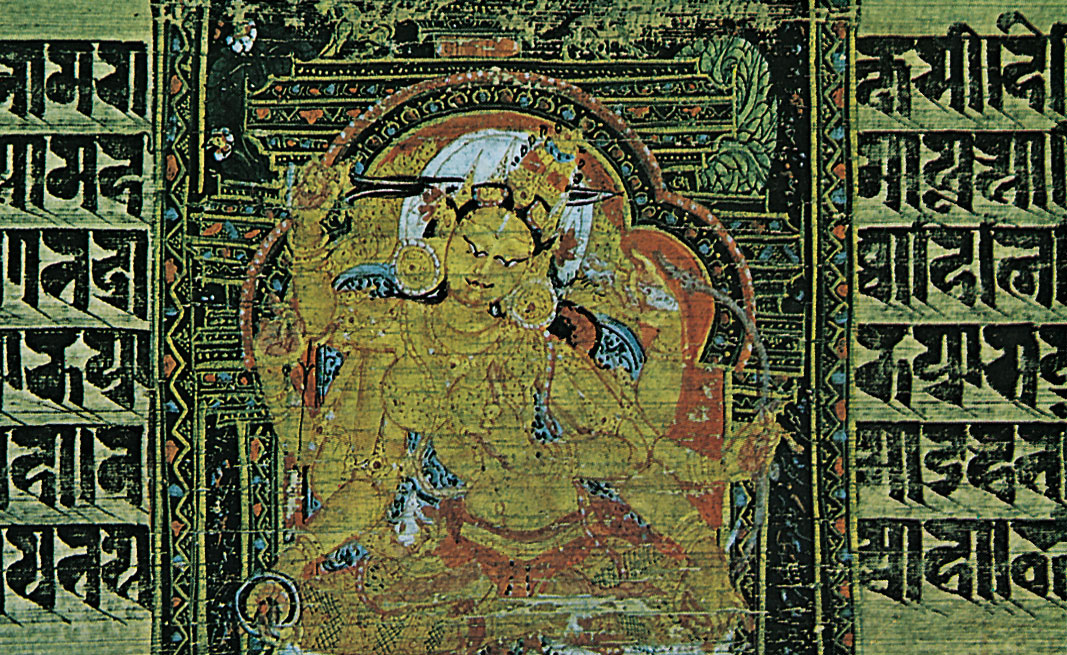
In Eastern India, Buddhist paintings were made in large numbers under the patronage of Pala rulers. These paintings also are known as “Pala paintings”. The use of Sinuous line (curves & turns) & subdued (light) tones of colors is the important features. In Western India (Gujarat, Rajasthan) a large number of Jaina paintings were made. Depiction of linear energy (straight line) & use of Taut Angular (tight) outlines of the face are important features of these paintings.
Jaina’s paintings are divided into three periods. In the 1st-period palm leaves & Birch Bark were used. In the 2nd period, the paper was used & the 3rd-period cloths were used for making paintings. These paintings of the Early Medieval Age are an example of miniature paintings. In South India, paintings were made on walls of caves & temples during the Early Medieval Age. Kailash temple (Elora), and Brihadeshwar temple (Thanjavur) have a large number of paintings of this age. These paintings depict religious & mythological scenes along with the bird and animals.

